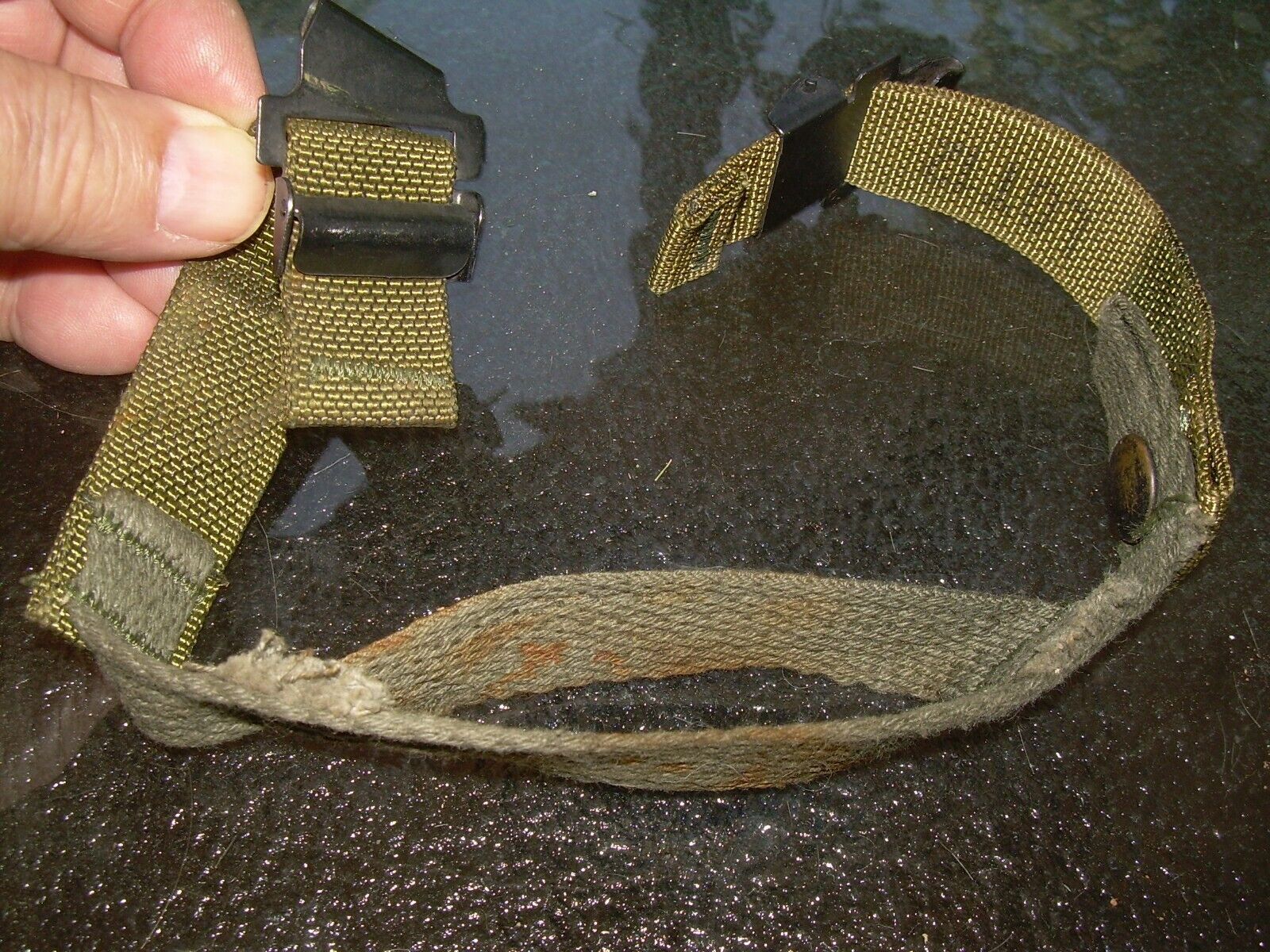-40%
Original WWII, British Officer Cap, Brim Strap Buttons, Egypt, "The Glosters"
$ 5.28
- Description
- Size Guide
Description
I have for you ORIGINAL British Officer Cap Badge Buttons for the The Gloucestershire Regiment "The Glosters" that read EGYPT. The buttons have a Sphinx with the word EGYPT below them. They are in good shape and are used. They have makers marks on the back. The makers name has some tarnish on it but could Brasso off easily enough & the word LONDON is clearly visible. The eyelets are solid and ready to restore your Glosters cap and should stay on for years to come.the Glosters, was a line infantry regiment of the British Army from 1881 until 1994. It traced its origins to Colonel Gibson's Regiment of Foot, which was raised in 1694 and later became the 28th (North Gloucestershire) Regiment of Foot. The regiment was formed by the merger of the 28th Regiment with the 61st (South Gloucestershire) Regiment of Foot. It inherited the unique distinction in the British Army of wearing a badge on the back of its headdress as well as the front, a tradition that originated with the 28th Regiment after it fought in two ranks back to back at the Battle of Alexandria in 1801. At its formation the regiment comprised two regular, two militia and two volunteer battalions, and saw its first action during the Second Boer War.
Before the First World War, the regiment's four auxiliary battalions were converted to three Territorial Force battalions and a Special Reserve battalion, and a further 18 battalions were added to the regiment's establishment during the war. Sixteen battalions of the regiment saw active service in France and Flanders, Italy, Gallipoli, Egypt, Mesopotamia, Persia and Salonika, losing a total of 8,100 men killed and winning 72 different battle honours. Four awards of the Victoria Cross (VC) were made to soldiers serving with the regiment. The wartime battalions were disbanded as the war ended.
Just before the Second World War, two of the territorial battalions were re-purposed and ceased to have any affiliation with the regiment. On the eve of the war, the remaining territorial battalion was duplicated, and another five battalions were raised on the outbreak of war, though most of these were disbanded or re-purposed as the war progressed. Four battalions saw active service under the regiment's colours during the war. The 2nd and 5th Battalions both fought in the Battle of France and, after being lost almost in its entirety during the Battle of Dunkirk, the re-formed 2nd Battalion landed at Gold Beach on D-Day and fought in the Allied campaign in North-West Europe. The 1st Battalion was involved in the retreat from Rangoon during the Japanese conquest of Burma, and the 10th Battalion saw active service in the defeat of Japanese forces during the Burma Campaign 1944–45.














